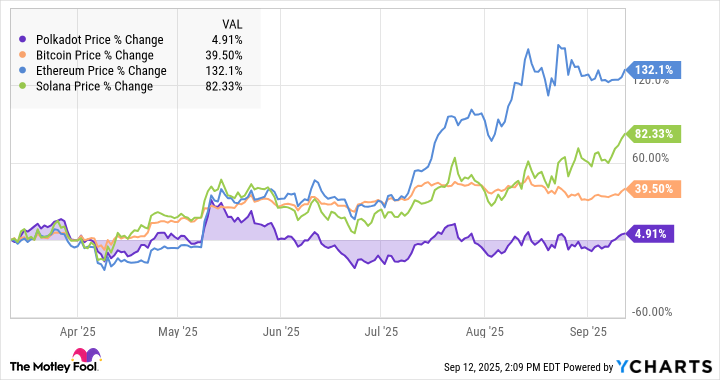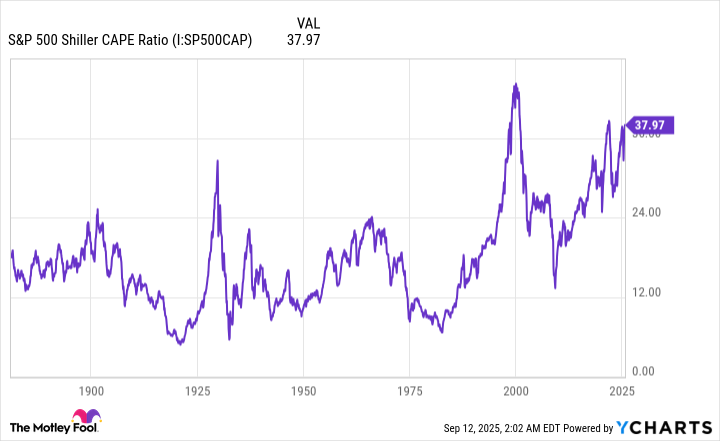British cruise line Ambassador Cruises are so confident of the value of their sailings, and the packed schedule of events and delicious variety of food onboard, they challenged me to have as much fun during a day out in London as I would onboard
What would you do if you had £338 to spend on a day out?
That’s the question Ambassador Cruises asked me, and the one I answered last month. The British cruise line’s people are so confident of the value of their sailings, and the packed schedule of events and delicious variety of food onboard, they challenged me to have as much fun during a day out in London as I would onboard.
Armed with £338 (the price of a night’s bed and board for two on an Ambassador ship), I began plotting a big day out in the English capital for my partner and myself, to put their value claims to the test, and to find out if going away on holiday is all a big waste of time and effort.
My philosophy was simple and borrowed classic present-giving wisdom: we’d plump for things we’d never normally do.
READ MORE: Europe’s ‘best walking destination’ is also one of the cheapest for holidaysREAD MORE: Glamorous 70s train returns to the rails linking two beautiful cities
First up was breakfast in The Delaunay. If you’re looking to treat yourself to one of the best breakfasts of your life, then the Covent Garden-based all-day brasserie is the place to go. The grapefruits come sliced into segments and arranged into a bursting flower shape; the fried eggs are perfectly round; and the company, well-heeled lone men, seemingly from another century, reading broadsheets. £71 well spent on delicious food and a novel experience.
Next, we wandered up to London Zoo in Regent’s Park, where entry costs £38 per adult in peak season; which, on that particularly scorching August Saturday, it certainly was. Presumably, the Dudley Dursley imitators are out in lesser force on most days, as the banging on snake vivarium glass and screaming inches from a hanging sloth was relentless.
Beyond the beautiful gorilla babies Venus and Juno, and the excellently creepy bug house complete with a golden orb spider walk-through, there was little at the zoo I can recommend unless you like feeling a bit sad about nature.
Harbouring mixed feelings, we hopped on a bus to Soho and made for Tamarind Kitchen. The small plates restaurant specialises in seriously fancy curries and silver service. It’s a whole different kettle of fish than the poppadom-stacking, waistband-stretchingly plentiful curry houses you find on most UK high streets. We’re talking more tasting bowls of delicate vegetarian curries and £5 sparkling water than a chicken coop’s worth of tikka and a Tiger beer for £10. The damage: £106.
The highlight of the day was next on the schedule and had us slapping down our cash in a hurry and heading to the South Bank for a performance of Nye at the National Theatre. Booked a week in advance, we’d managed to bag two tickets for £38 each. Every seat in the Olivier section of the theatre is excellent, meaning we had a wonderful view of Michael Sheen as he brought the story of the NHS founder to life.
From the lofty peak, things could only go downhill, and so they did. Our night ended with a rejection metres from the front door of Ronnie Scott’s, where our hour of queuing for the non-ticketed 11 p.m. jazz live show proved in vain. Four Negronis in Bar Termini down the road provided good solace for £44.
So how does all of this compare to a cruise?
The major difference is the one-destination nature of our jaunt. The joy of a cruise is most obvious when you wake in the morning and look outside to see a new city or country there, ready to explore. Another big tick in the cruise column is the value of accommodation.
Had my partner and I swapped our flat for one of London’s cheapest hotel rooms, it would’ve cost us at least £100. More likely, £150. As my colleague Sophie Harris discovered on a recent Ambassador sailing on Ambience from London Tilbury to the Netherlands, the junior suites are “gorgeous” and replete with a large dressing area and a balcony.
“The space was super comfortable and cosy, and the outdoor area was perfect for relaxing, breathing in the fresh sea air and watching the waves. We were also treated to fresh canapés every day, fresh fruit and a stocked mini fridge,” Sophie wrote.
Which brings us on to the consumables. Even with £338 bolstering your wallet, drinks in London do not feel cheap. Or certainly not as cheap as they do when ordered on an all-inclusive cruise package, whatever the total is once all is said and done. Food-wise, Ambience ’s Buckingham Restaurant and its 80s-themed night complete with prawn cocktail, chicken Kiev and baked Alaska won major praise from Sophie.
But it’s hard to imagine that the variety and quality of any cruise kitchen could match that on offer in the UK’s major towns and cities. Similarly, London theatres such as the National, Young Vic and Almeida are much more tempting than anything I’ve watched on a cruise ship.
That said, if you’re a Bucks Fizz or Fleetwood Mac fan, Ambassador’s cover shows will likely win your heart. “The live music and shows onboard Ambience were a highlight of my stay, and due to it being an 80s cruise, the themed evening entertainment was incredible,” Sarah concluded.
At the end of it all, I’d say honours are pretty even. But, if you’ve recently had your fill of cruising or a package break, why not try a “holiday at home”? It’s a great way to unearth new local delights and see a new side of where you live.























